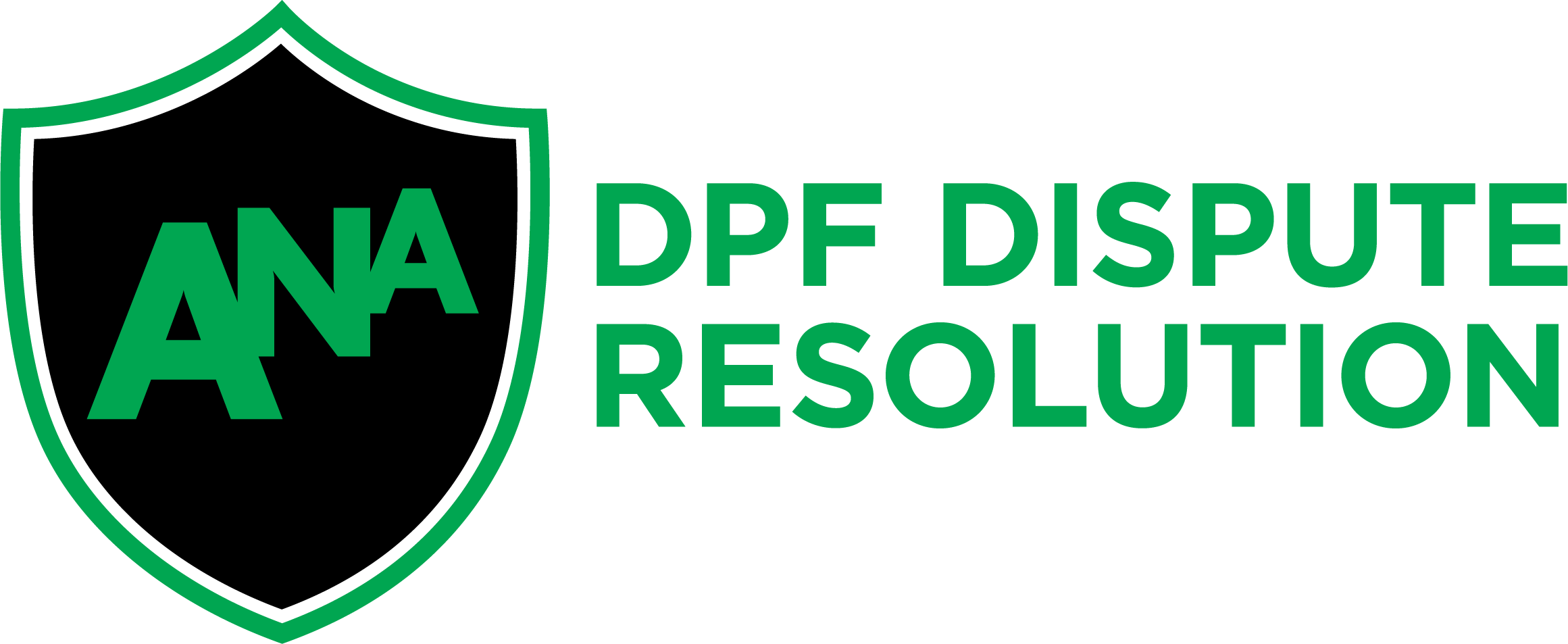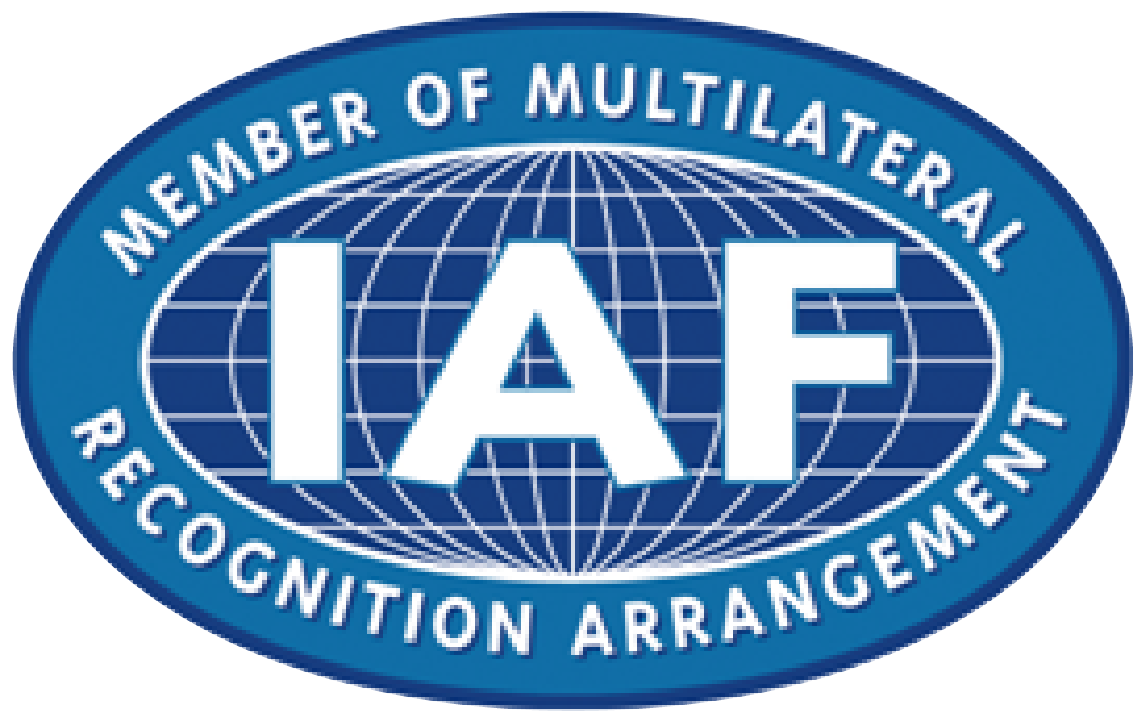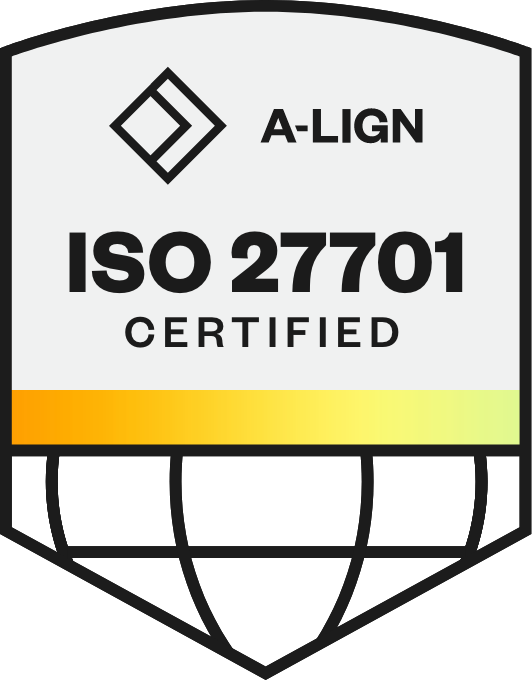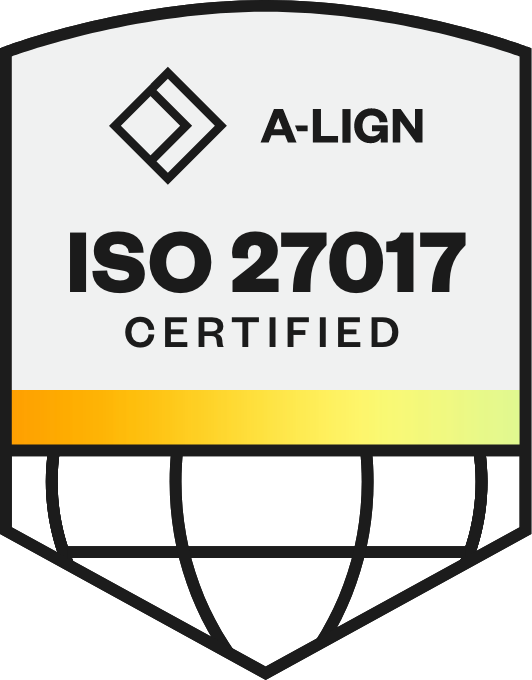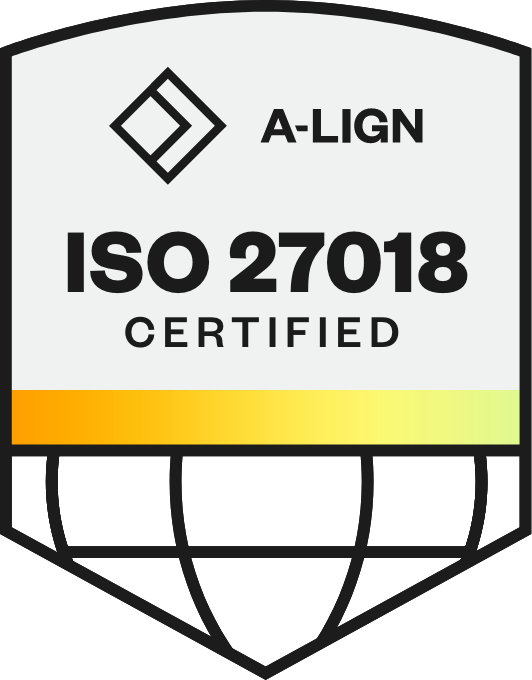
Transforming High-Volume Hiring: The Role of AI and Automation in Recruitment in 2025
Talent acquisition continues to undergo significant transformations, particularly in high-volume hiring sectors such as retail, healthcare, and hospitality. For HR professionals in these industries, the challenge of hiring large numbers of candidates quickly, efficiently, and in compliance with regulations remains a persistent hurdle.
However, advancements in artificial intelligence (AI) and automation are providing organizations with powerful tools to meet these challenges head-on, driving efficiencies while improving both candidate and recruiter experiences.
In a recent episode of Talent Experience Live, Bill Venteicher, Senior Director of Product Marketing at Phenom, shared his insights on how organizations can meet the evolving expectations of job seekers while optimizing their hiring processes. Read below to explore these insights, and the broader trends shaping talent attraction in these industries.
Watch the full episode here, or read on for the highlights.
Understanding the Current Hiring Landscape
The current state of high-volume hiring shows a stark contrast between the early adopters of AI and automation and those still grappling with traditional hiring methods. Our State of High-Volume Hiring: 2025 Benchmarks Report revealed that, out of 101 companies surveyed, only 32% demonstrated a truly advanced and transformational approach to integrating automation and AI into their recruitment processes. This gap highlights a significant challenge across industries that are working every day to attract, hire, and retain great frontline workers.
One major barrier to achieving this transformation is the complexity of existing systems. Over the years, many companies have adopted various point solutions to address specific recruitment challenges like job posting, candidate screening, interview scheduling, and onboarding. While each of these tools can be useful in isolation, they often operate separately and can be difficult to manage. Plus, getting them to work together leading to inefficiencies, redundancies, and a fragmented candidate experience.
Candidates today expect an application process to be:
A fast and easy application process, with minimal repetitive steps
Transparent on application status with an immediate application confirmation message
Seamless, including timely interview scheduling and follow-ups
Because of this, companies are investing in their TA technology to help hire great people and beat their competitors. Venteicher emphasized the urgency of addressing candidate desires and expectations is just as important as the experience of their customers, stating: "The way that you are going to win this battle is by meeting these expectations."
This emphasizes the urgency for companies to streamline their processes and enhance the candidate experience through integrated solutions.
Related resource: State of High-Volume Hiring: 2025 Benchmarks Report
The Power of AI and Automation in Recruitment
When integrated effectively, AI and automation can dramatically transform high-volume hiring processes. Automation can provide job seekers with personalized job recommendations based on their skills, experiences, and preferences.
AI tools can also provide valuable insights into candidate engagement, enabling recruiters to optimize their outreach strategies and better meet the needs of applicants. By leveraging technology effectively, organizations can not only streamline recruitment but also deliver a hiring experience that aligns with evolving candidate expectations.
Phenom High-Volume Hiring offers a powerful blend of AI and automation designed to streamline your recruitment process —optimizing candidate engagement, accelerating hiring, and providing actionable insights for continuous improvement.
Career Site Chatbot: Imagine a recruiter who never sleeps. Phenom Chatbot engages candidates instantly by answering FAQs, guiding them to relevant jobs, and even pre-qualifying applicants in real time. By automating these interactions, recruiters can focus on high-impact conversations while ensuring candidates get the information they need, when they need it.
Personalized Career Site: The career site dynamically tailors job recommendations, content, and messaging based on a candidate’s past interaction, skills, and location. This keeps job seekers engaged and accelerates their journey from visitor to applicant.
Pre-Hire Assessments: Skills matter, but so do soft skills, work style, and team fit. Pre-hire assessments help recruiters assess candidates’ strengths beyond their resumes by using AI-powered fully branded assessments right in the chat to predict success in a role. This not only speeds up hiring but also leads to better long-term retention.
Automated Interview Scheduling: No more back-and-forth emails. Automated Interview Scheduling allows candidates to self-schedule interviews based on recruiter availability, reducing friction in the hiring process. Whether it’s a phone screen, video interview, or in-person meeting, automation ensures a seamless experience for both recruiters and job seekers.
Intelligent Automation: Recruitment success isn’t just about making hires — it’s about making data-driven hires. With Intelligent Automation, you can drastically reduce time to hire and enhance the talent experience by automating tedious tasks like candidate sourcing, scoring, screening, and scheduling.
Related resource: High-Volume Hiring Lessons From 4 Companies That Are Getting It Right
The Shift Toward Personalization in Recruitment
Recruitment is trending toward personalized experiences, driven by changing consumer expectations. At the National Retail Federation show, Starbucks and Levi's showcased how they've set standards using technology to cater to individual preferences. Starbucks offers extensive drink customization options, while Levi's enables online custom clothing design. This successful leveraging of digital personalization to enhance customer satisfaction is now being mirrored in recruitment strategies.
Job seekers now expect the same level of personalization when applying for jobs. They want an application process that recognizes their unique skills, experiences, and career aspirations. This includes receiving personalized job recommendations, timely responses to applications, and customized communications throughout the hiring process.
Venteicher highlighted the importance of meeting candidate expectations: "If the job seeker has an expectation when they apply to a job and those expectations aren't met, they can immediately go to the next company and take that job instead."
Failing to meet these expectations can lead to lost opportunities and a negative candidate experience, which may result in a company losing out on top talent.
Enhancing Candidate Engagement and Experience
Creating an exceptional candidate experience is crucial for attracting and retaining top talent, especially in high-volume hiring situations. At Chick-fil-A, for example, candidates received thank-you gift cards after their interviews. This simple yet thoughtful gesture can significantly impact a candidate's perception of the employer and help them feel valued throughout the hiring process.
Just as consumers now expect seamless, personalized interactions with brands, job seekers now expect a smooth, intuitive application process. The rise of mobile technology has further intensified this expectation, with candidates now preferring to apply for jobs using their smartphones or tablets. Organizations must ensure that their job application processes are optimized for all devices.
Venteicher highlights this point, saying: "That little touch... is what makes you stand out as an employer."
By automating repetitive, time-consuming tasks and focusing on activities that enhance the candidate experience, recruiters can dedicate more time to building meaningful relationships and optimizing the overall hiring process.
The Challenge with High-Volume Hiring
Despite the clear benefits of AI and automation in high-volume hiring, there are still several challenges that organizations must address in 2025. One of the biggest challenges is the sheer volume of applications. Even with the help of AI-powered tools, it can still be overwhelming to manage hundreds or thousands of applications at once. Companies must ensure that they are not only hiring for skills but also for cultural fit and adaptability.
To do this, they can incorporate automated assessments to ensure they’re selecting candidates who will thrive in retail or hospitality, or handle the stress and fast pace of healthcare. As high-volume hiring continues to grow, organizations must prioritize continuous improvement in their hiring practices, regularly seeking feedback from candidates and recruiters to identify areas for optimization.
Future-Proofing High-Volume Hiring
As we look ahead to 2025, the future of high-volume hiring lies in embracing personalization, leveraging AI and automation, and adapting to evolving candidate expectations. By focusing on creating a seamless and personalized candidate experience, organizations can attract top talent, reduce time-to-hire, and improve overall employee retention. As Venteicher stated, “The most successful companies are going to be the ones that treat hiring like a customer experience journey."
Phenom’s recent State of High-Volume Hiring: 2025 Benchmarks Report dives deep into these challenges, shows which companies and brands are leading the way, and shares strategies and recommendations to streamline recruitment and attract better talent. Check it out here to transform your hiring strategy.
And, take your HR expertise to the next level by registering for IAMPHENOM 2025, where industry experts will share insights to help you stay ahead.
Get the latest talent experience insights delivered to your inbox.
Sign up to the Phenom email list for weekly updates!



